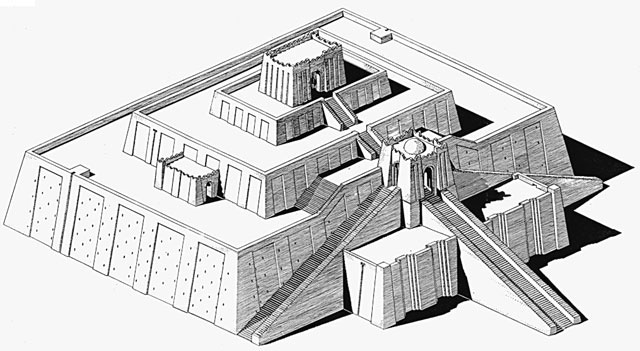The Romans borrowed many things from the Greeks, whether it be their architecture, their Gods, or their sense of honor. To the Greeks, this was known as “Arête”. The Romans called it Virtus, meaning virtue. To the Romans, this meant strength and manliness in all facets of life. Virtus could be gained or lost. Virtus could be gained through great works, such as building an amphitheater, or your gladiator besting another gladiator in combat. The case of gladiatorial combat is especially true, and upper class citizens would hand pick and train gladiators in order to gain virtus.
Virtus too, could be gained via combat in battle and war. This helped in filling the army with potential candidates, all willing to gain virtus, since this would raise their stature in life. If a Senator was able to equip a personal army with armor and arms, and they were to win at battle, than both he and his army would gain virtus. This was a way for prominent upper class citizens to gain honor. Just as virtus could be gained, so could it be lost. An army losing caused a loss of virtus, and therefore stature and standing. Political careers could be ruined if one lost enough virtus.


